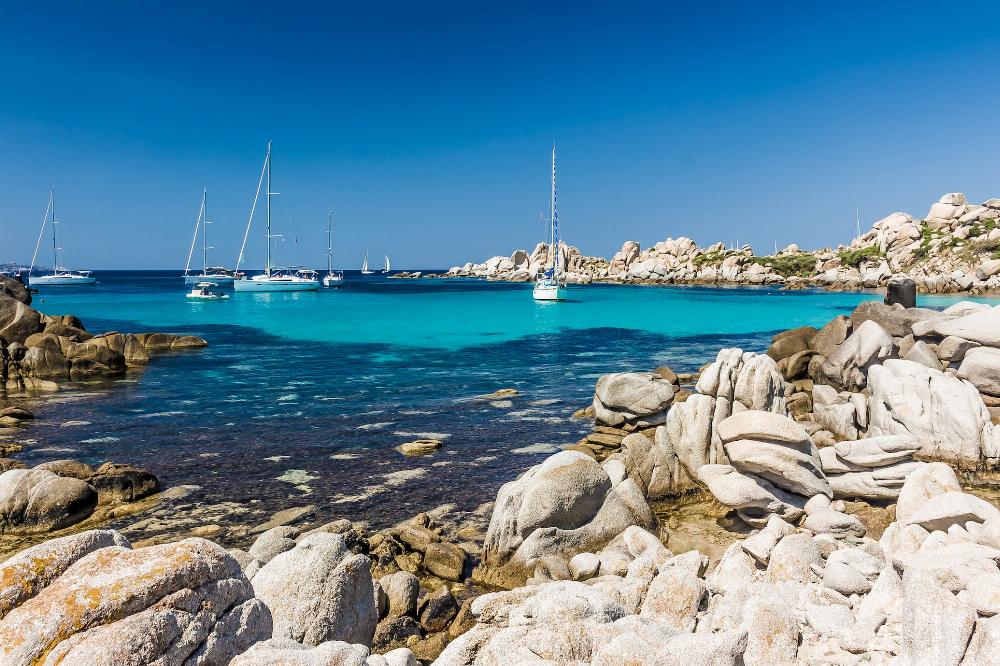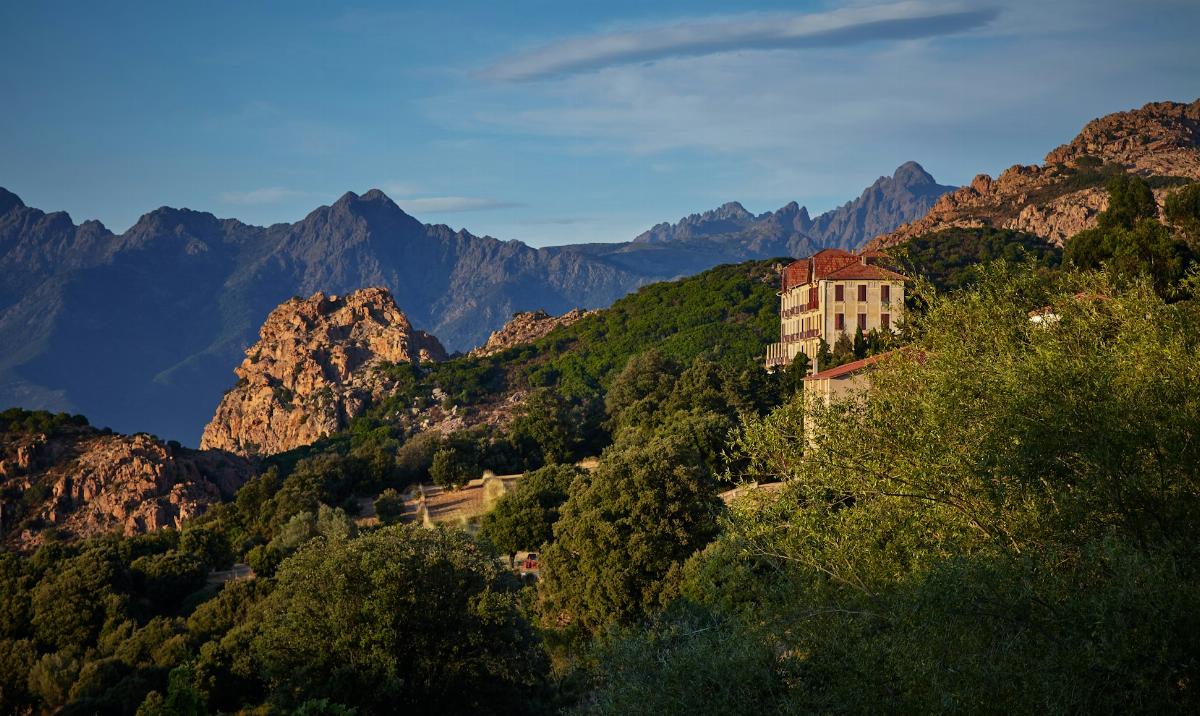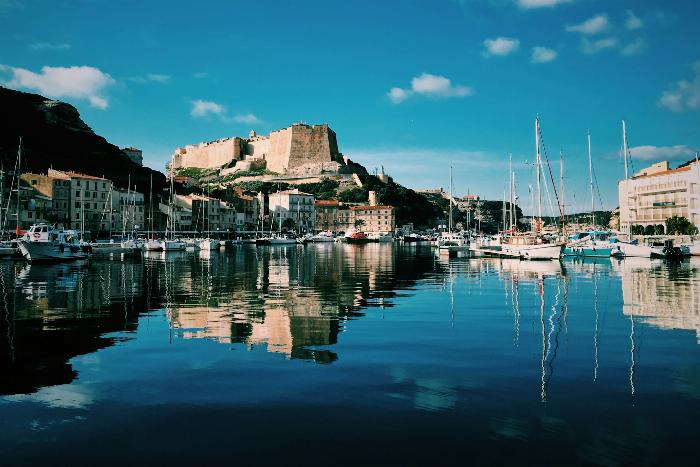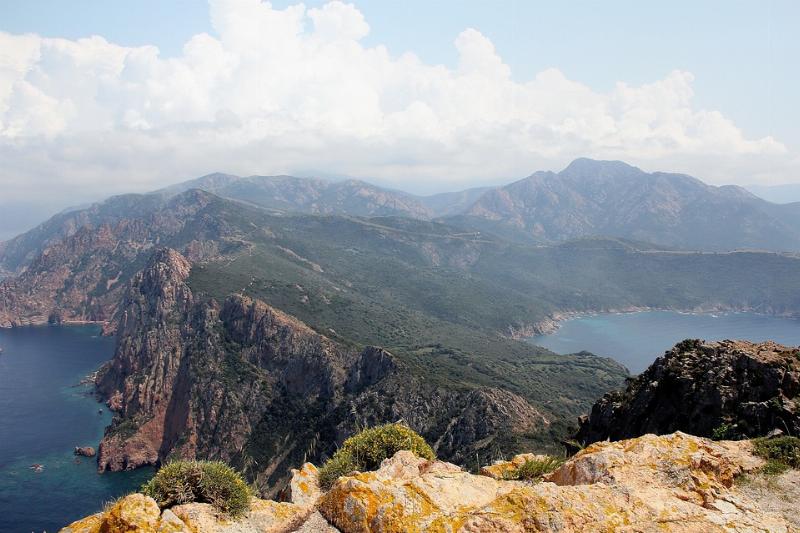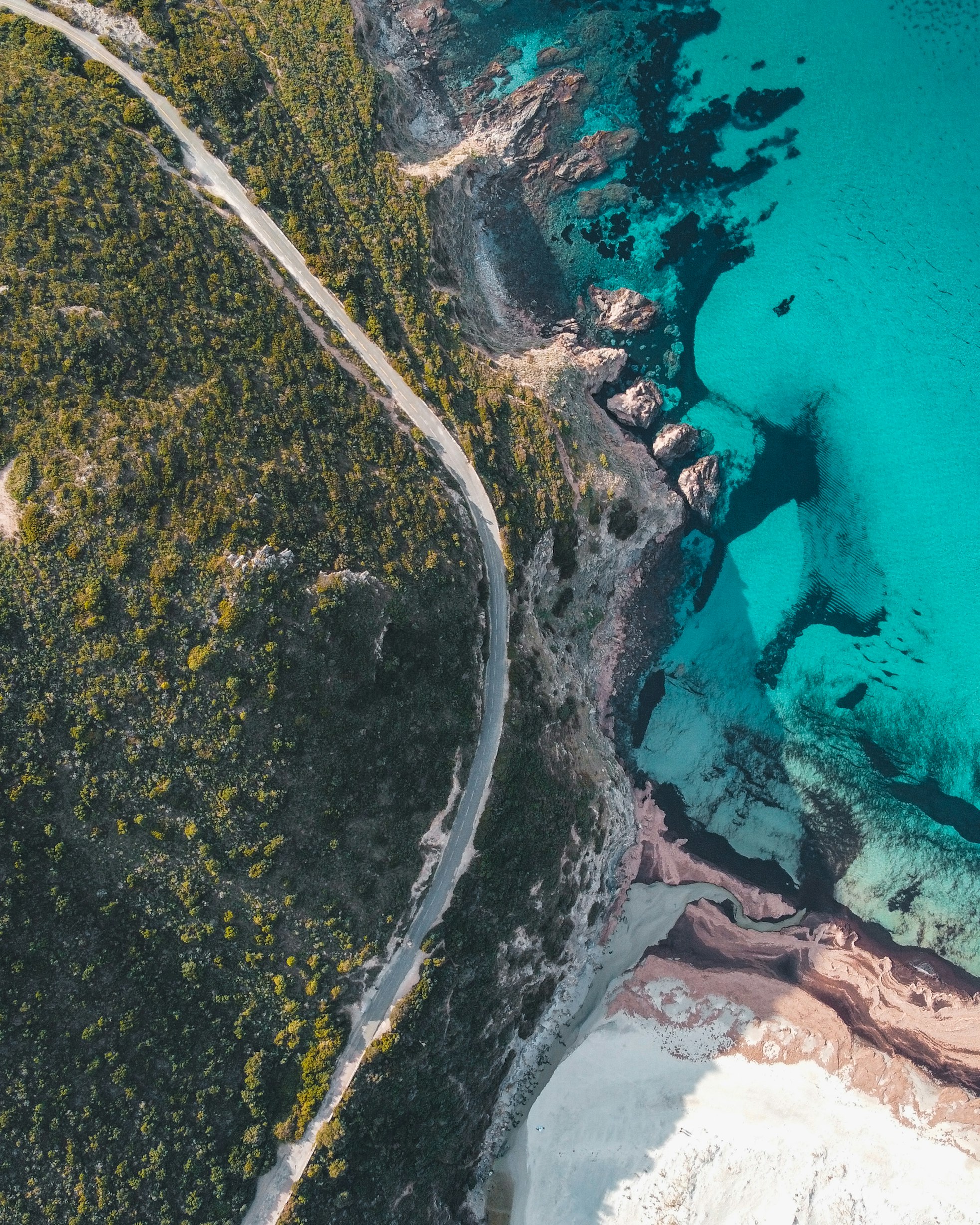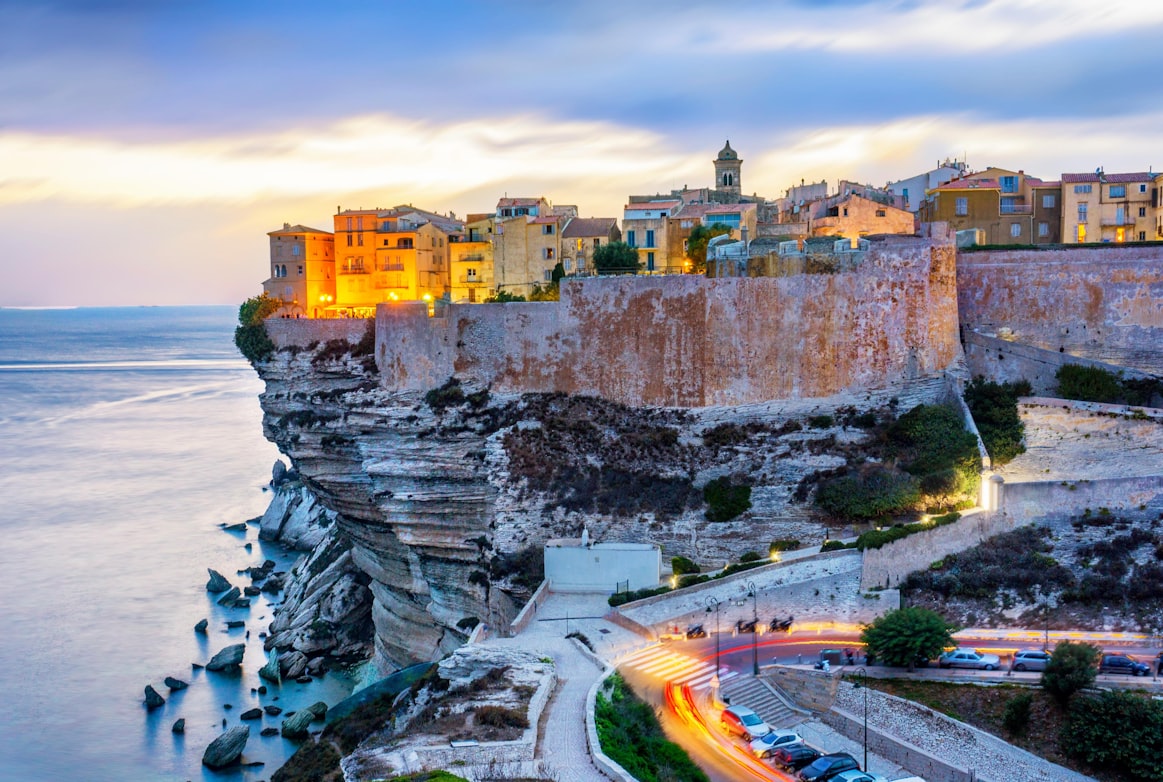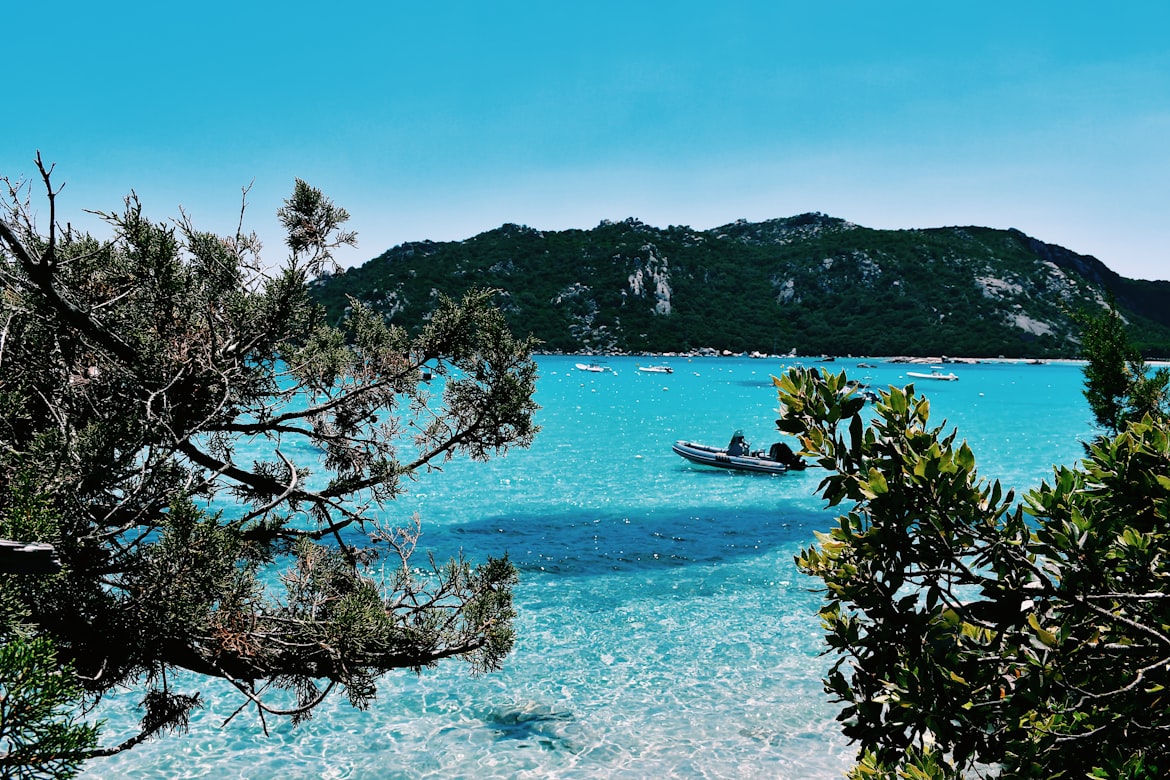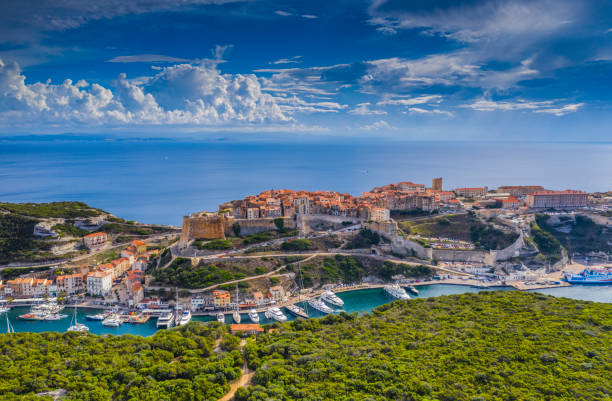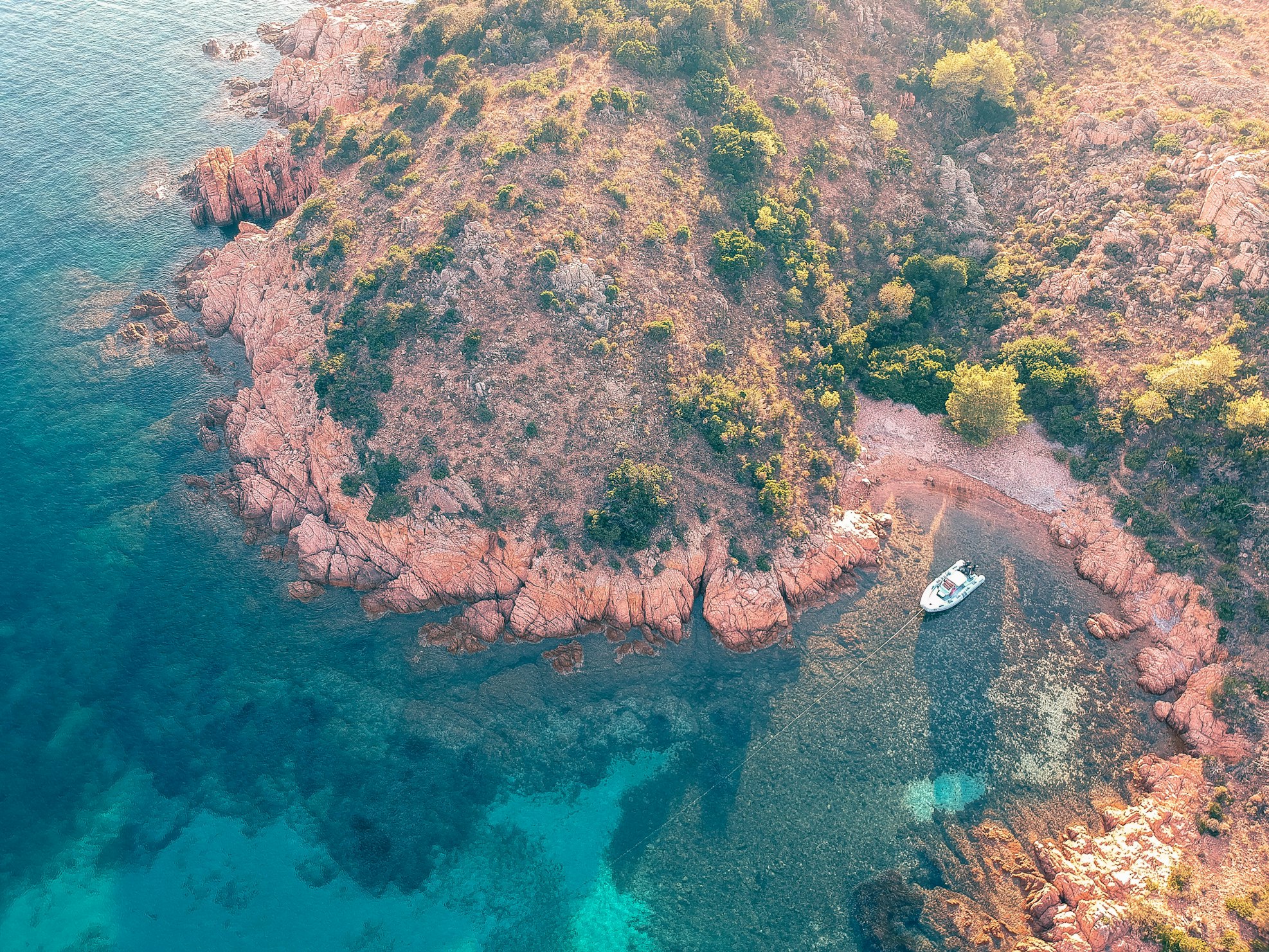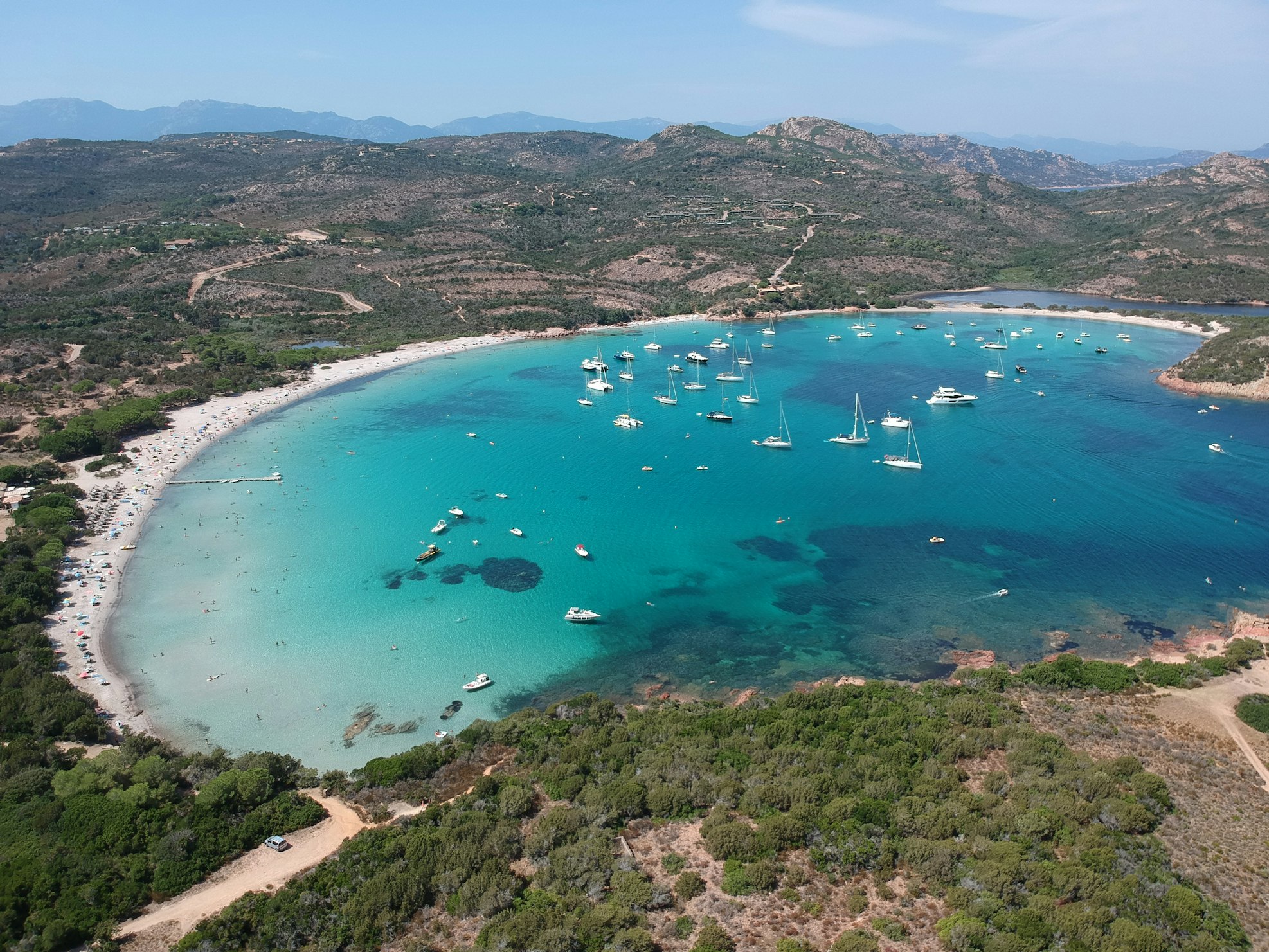Un road trip en voiture de quelques jours en Corse peut totalement s'improviser et se vivre au fur et à mesure, au hasard des routes, des plages et des envies. De nombreux circuits permettent de flâner et d'arpenter le littoral de l'île de beauté, pour partir en randonnée sur un sentier depuis Corte, ou aller se baigner dans les calanques de Piana. En Corse, les centres d'intérêts ne manquent pas, et bénéficier de son propre véhicule permettra d'être indépendant dans ses choix de destination. Et pour les visiteurs venus sans moyen de locomotion, la location de voitures sur place reste une solution extrêmement simple et pratique. Il sera cependant difficile de profiter de tout lors d'un voyage de sept jours sur l'île, sans avoir un tant soit peu planifié les choses. Du Cap Corse à Bonifacio, il y a près de deux-cents kilomètres, et les occasions d'effectuer un détour pour une pause sur une plage paradisiaque seront nombreuses. Quel itinéraire privilégier donc, pour faire de son voyage en Corse une semaine de découverte optimale ?
D'Ajaccio à Bastia ou de Calvi à Porto-Vecchio, on peut traverser l'île de beauté en diagonale mais les routes sont sinueuses
La question reste de savoir s'il sera nécessaire d'effectuer une boucle totale sur l'île, avec une arrivée et un départ dans la même ville, à Bastia ou Ajaccio par exemple ? Car bien entendu, il existe des alternatives et des possibilités de déposer sa voiture de location dans une autre agence de Corse, afin de repartir depuis un autre port ou aéroport par exemple. Quoiqu'il en soit, dans le cas d'un tour de l'île intégral, la question de savoir par où partir et jusqu'où aller se posera dès le début. Faut-il prendre la route au plus loin pour revenir tranquillement, ou l'inverse ? Ce choix dépendra bien entendu des envies et du rythme voulu pour ce circuit d'une semaine. Autrement dit, de savoir si l'objectif est plutôt de se détendre et de prendre le temps en maximisant les temps de baignade ou si l'objectif est d'avoir l'aperçu le plus complet possible de la Corse, avec ses paysages variés et ses villes colorées. Une plage de l'est, vers Porto-Vecchio ? Les hauts sommets du centre et ses petits villages de montagnes autour de Corte ? Les calanques de l'ouest, vers Piana ou Calvi ? Une pause à mi-séjour dans les îles sanguinaires ? Les possibilités ne manqueront pas, et les sept jours du voyage seront malheureusement bien vite passés...
Le temps de route en voiture en Corse doit être calculé avec soin pour que l'itinéraire permette de profiter des plages de l'île
La plupart des visiteurs qui arrivent en bateau débarquant au nord de l'île, à Bastia, le golfe de Saint-Florent sera bien souvent la première étape d'un road trip avec une nuit au bord de la plage. Et ce choix dans le circuit déterminera donc un itinéraire dans le sens inverse des aiguilles d'une montre. Une escale vers l'Île Rousse, un passage à Calvi, une halte dans le golfe de Porto et une sortie dans les îles sanguinaires au large d'Ajaccio feront partie des incontournables, pour organiser un itinéraire autour de la Corse en sept jours. De là, il ne restera plus qu'à rejoindre Bonifacio, le point le plus au sud, avant d'effectuer une remontée, le long des plages s'enchaînant sans fin de Porto-Vecchio au cap Corse, tout au nord. Comme mentionné précédemment, il est cependant possible d'arriver à Bastia et de repartir en bateau d'Ajaccio, puisque le bateau vers Marseille ou Toulon se fait aussi au départ de cette ville. Cela peut présenter l'avantage de faire moins de kilomètres avec sa voiture de location et de prendre plus son temps lors d'un itinéraire de sept jours, sans le stress du retour à la case départ en fin de voyage.
En Corse, la route à suivre en voiture est toute tracée, il suffit de suivre le littoral et de faire étape au fil des plages...
L'itinéraire, pour effectuer un tour de Corse est donc assez intuitif, puisque dans les faits, il suffit de suivre le littoral de l'île. Cependant, en dehors du circuit à proprement parler, il faut avoir conscience du temps de trajet entre chaque étape, pour ne pas que le road trip se limite à des heures de voiture, sans pouvoir profiter du charme de la région, du nord au sud. En effet, les routes de l'intérieur de la Corse sont petites et sinueuses, et selon la saison et les heures, la circulation peut être très ralentie le long de la plage. Il vaut donc mieux éviter de prévoir des étapes trop longues pour profiter au mieux de sa semaine sur place. Il serait en effet dommage d'arriver de nuit dans le golfe Saint-Laurent, ou les calanques de Piana, alors même qu'il est possible de profiter du charme de ces sites depuis sa voiture, en roulant et s'arrêtant aux divers points de vue pour de magnifiques photos de bords de mer. En été, la chaleur sera également un paramètre à prendre en considération pour estimer son temps passé en voiture. Il sera ainsi souvent préférable de rouler tôt dans la journée, pour profiter de la fraîcheur, et d'être à la plage à l'heure où la chaleur donnera des envies de baignade, au milieu de ce road trip de quelques jours.
Pour un road trip d'une semaine en Corse économique, la baisse saison affiche des prix plus bas
Enfin, pour envisager un road trip en voiture d'une semaine en Corse, il peut être idéal de pouvoir partir hors saison. En effet, le climat méditerranéen de l'île de beauté offre une température clémente presque toute l'année. Et s'il sera moins idéal de passer une journée farniente à la plage en janvier, le soleil quasi omniprésent illuminera les différents paysages, de Calvi au golfe de Porto, avec des lumières toujours aussi belles, quelle que soit la période. L'avantage incontestable d'un voyage de quelques jours en dehors des mois touristiques étant que de nombreux sites naturels seront déserts, et permettront de passer la nuit en toute décontraction, en bord de plage, pour les voyageurs dormant dans leur véhicule notamment. La circulation sera également réduite, même si les villes d'Ajaccio ou de Bastia continuent leur activité toute l'année. Les tarifs pour une nuit d'hôtel dans un petit village, ou pour une location de voiture dans le nord par exemple, seront également moins cher en octobre, tout comme le passage en bateau. Enfin, des sites comme Bonifacio ou Porto-Vecchio resteront accessibles à la visite et ne perdront rien de leur intérêt, même en dehors de la saison estivale. Pour les amateurs de musées, de nombreux endroits restent même ouverts toute l'année en Corse.
